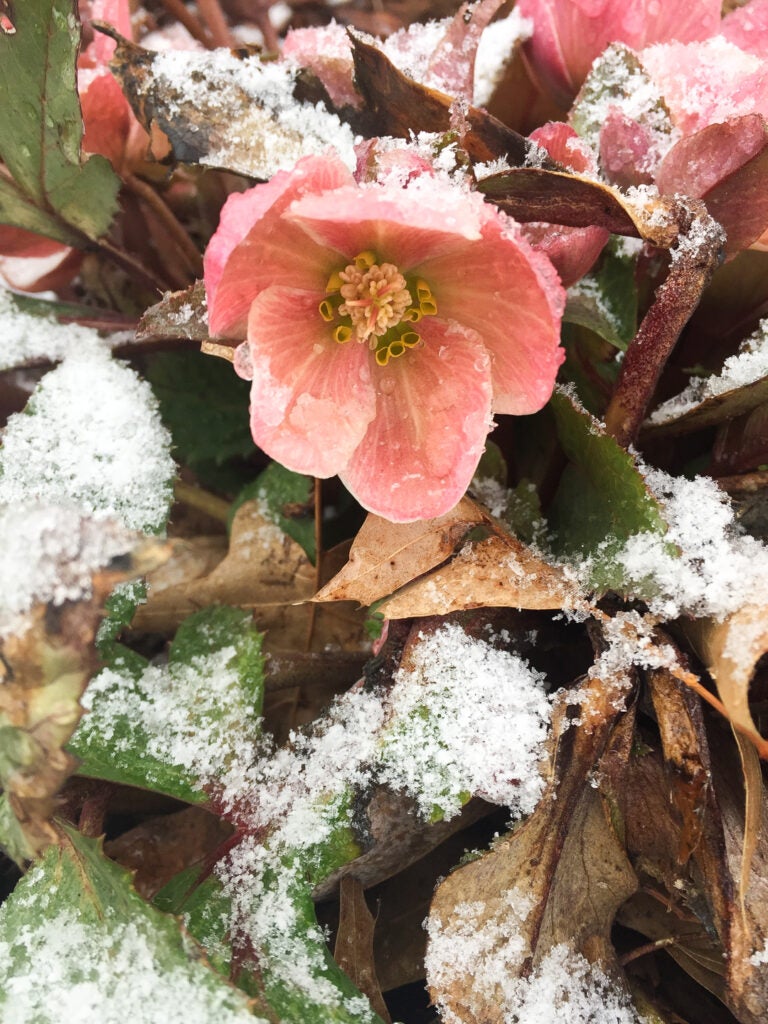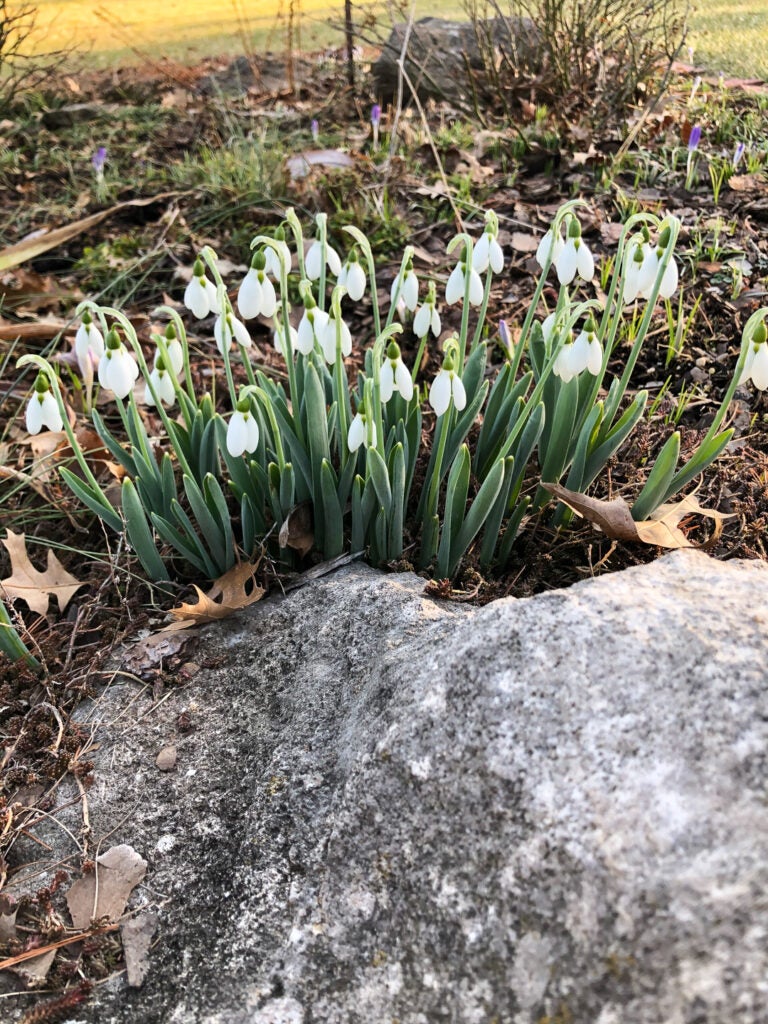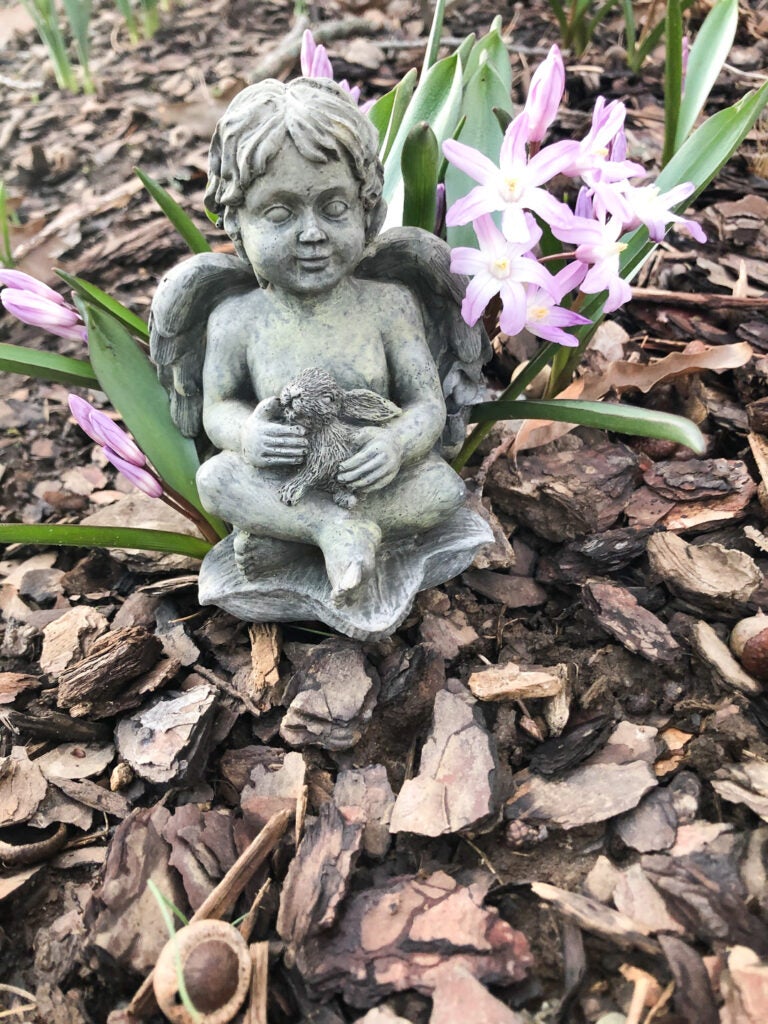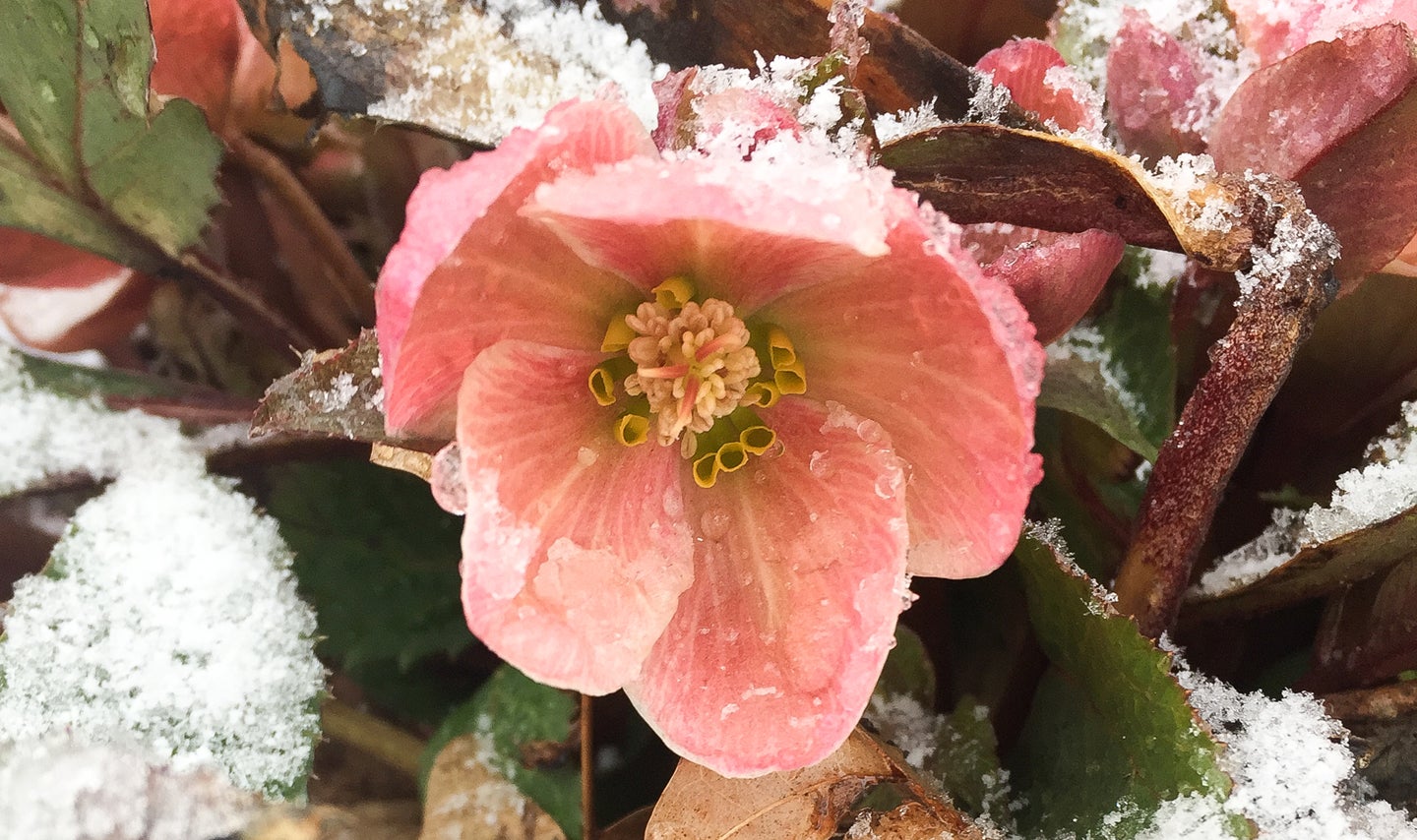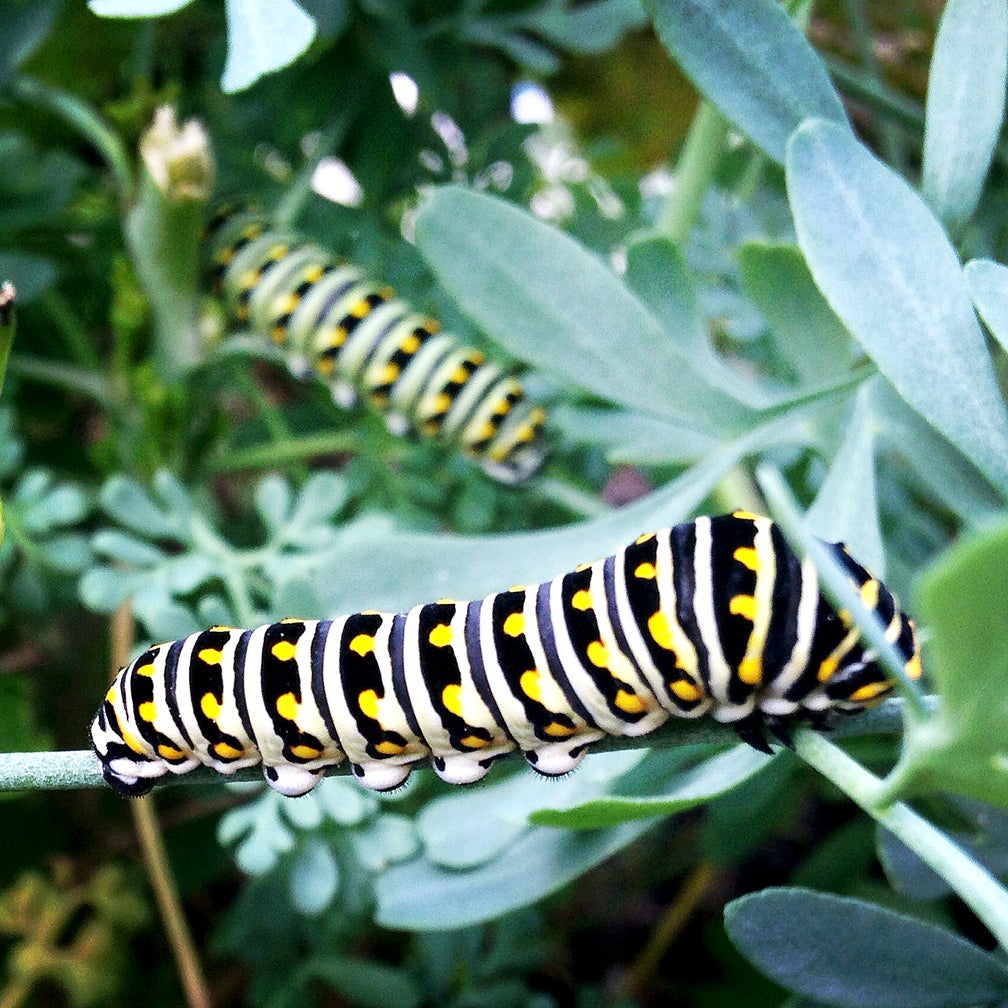By Jean Henry, The Garden Club of Frankfort
How early does your garden spring into spring? Does it wait for the date on the calendar? Does it wait for the brilliant yellow of daffodils and forsythia and the blush of the redbuds? If you’re one who loves to mark the passage of the seasons and would like something in your garden to get an early start on the new growing year, you don’t have to wait for these familiar harbingers of spring. You don’t even have to wait for the little “snow crocus,” which frequently start peeking out in February.
How about a handsome plant that keeps its dark green leathery leaves through the winter, starts forming buds sometimes even in January, and comes back bigger and better every year? This is a plant that opens its flowers in February and cares not if the pink or white or purple 2-inch flowers are caught by a frost or covered with a late winter snow. This magical plant is Helleborus orientalis, commonly known as Christmas Rose or Lenten Rose.
This plant is not related in any way to the rose family, but the flowers do resemble a single rose. And, the rest of its name serves as a clue as to its bloom time. It is an easy plant to grow, preferring some shade from the hottest of suns, and when happy, will even sow seed so you can start growing lots of new plants. It grows to about 24 inches high and wide and makes a nice filler plant for a foundation planting of other perennials.
It is widely available every spring in garden centers. You can also shop online to find the cultivar that provides the color you like best. It doesn’t have any disease or pest problems and the deer leave it alone. Check it out. You might need one of every color!
And, just as early though not as showy, are a couple of charming small bulbs that would need to be planted in substantial numbers to provide a show, or given a special little “spring garden” setting, that you could visit during the chilly days of February and March to enjoy the life and color that winter has left you craving.
These small bulbs might not be found in garden centers in the fall when they need to be planted, but can be ordered from companies online or from their catalogs. The earliest is Galanthus elwesii, commonly and aptly named snowdrop. These pure white drops of freshness will spread quickly to form a drift if desired, but also are delightful as a small grouping in your intimate little spring garden.
A little later, along with the snow crocus, you can look forward to the delicate pink or blue charms of a small bulb called Chionodoxa forbesii, sometimes called Glory of the Snow. The star-shaped flowers are produced in sprays and have a way of gathering up light and almost glowing. As with the snowdrops, they can be grown in numbers and will spread into bright carpets or can just be used as a treasured few nestled into your spring garden.
Soon enough true spring will arrive in its abundance of stunning colors provided by daffodils, tulips, redbud, dogwood, azaleas and the welcome greening of grass and trees. The small bulbs will go dormant, but they will be back the next year to charm and delight us as we wander our garden pathways searching for that life and color that the long winter has left us longing for.
